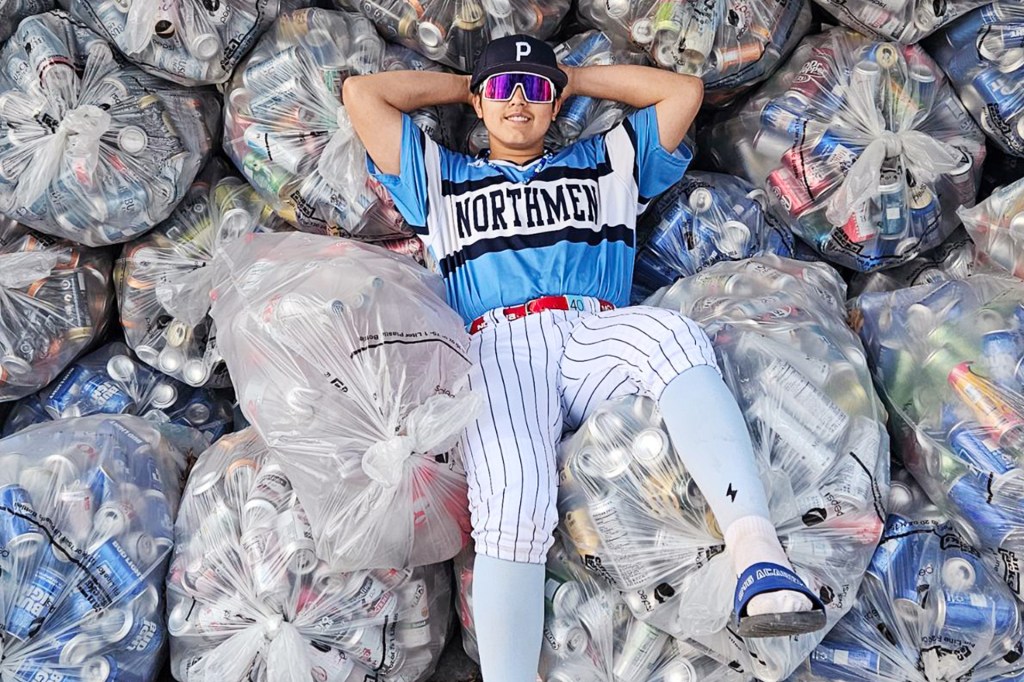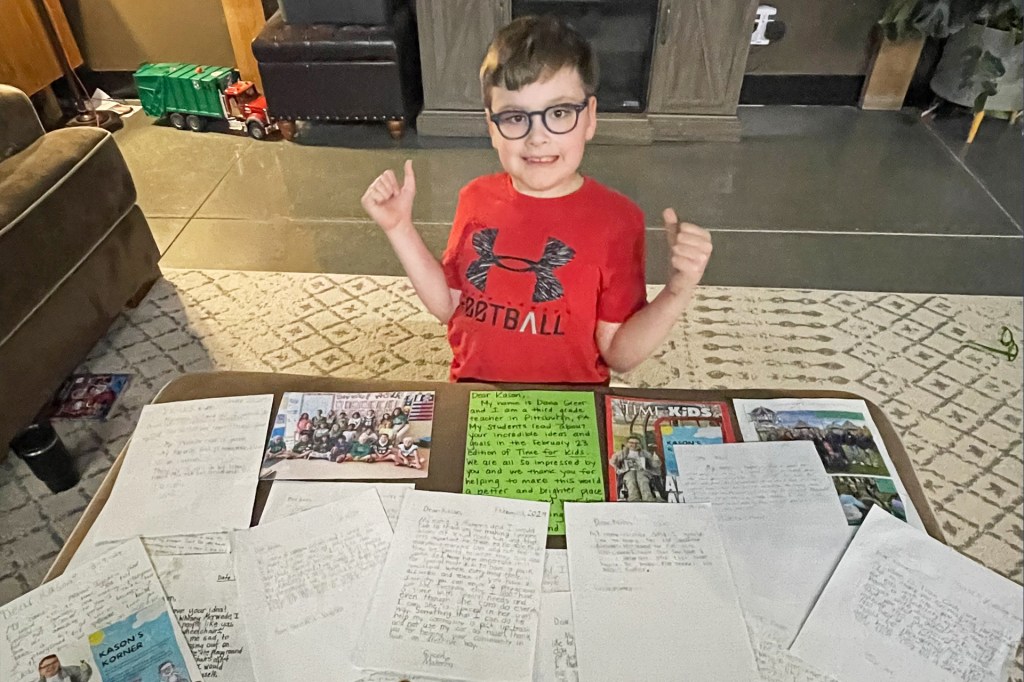Fish for Lunch
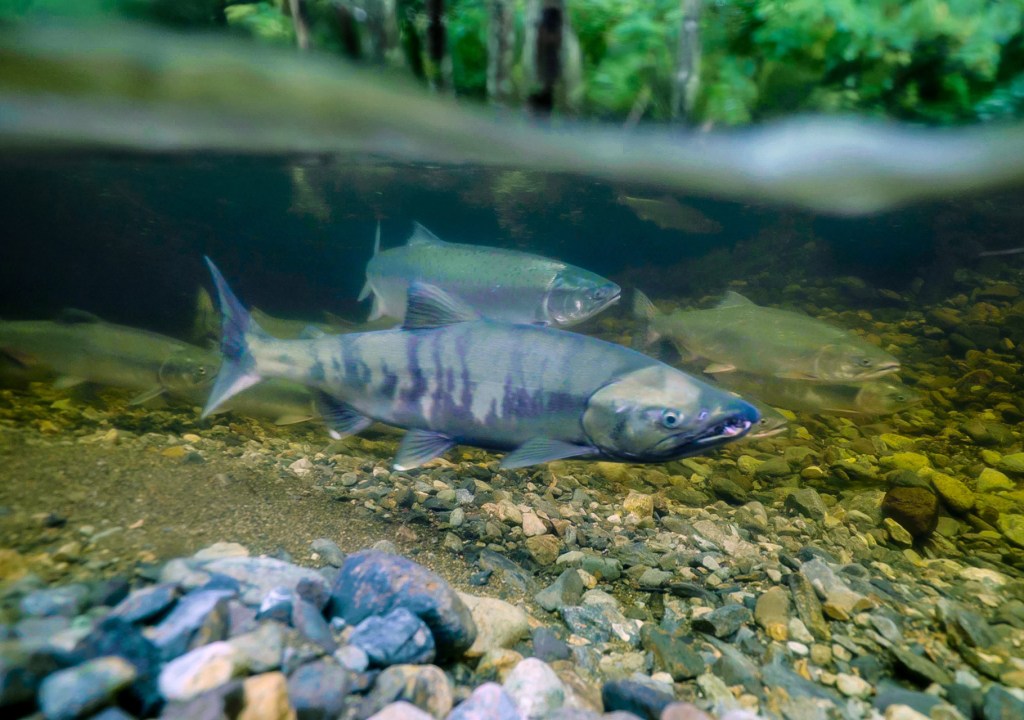
Salmon burgers. Salmon mac-and-cheese. These items are on the school-lunch menu in Sitka, Alaska. Thanks to Sitka’s Fish to Schools program, the fish is fresh and locally sourced
source
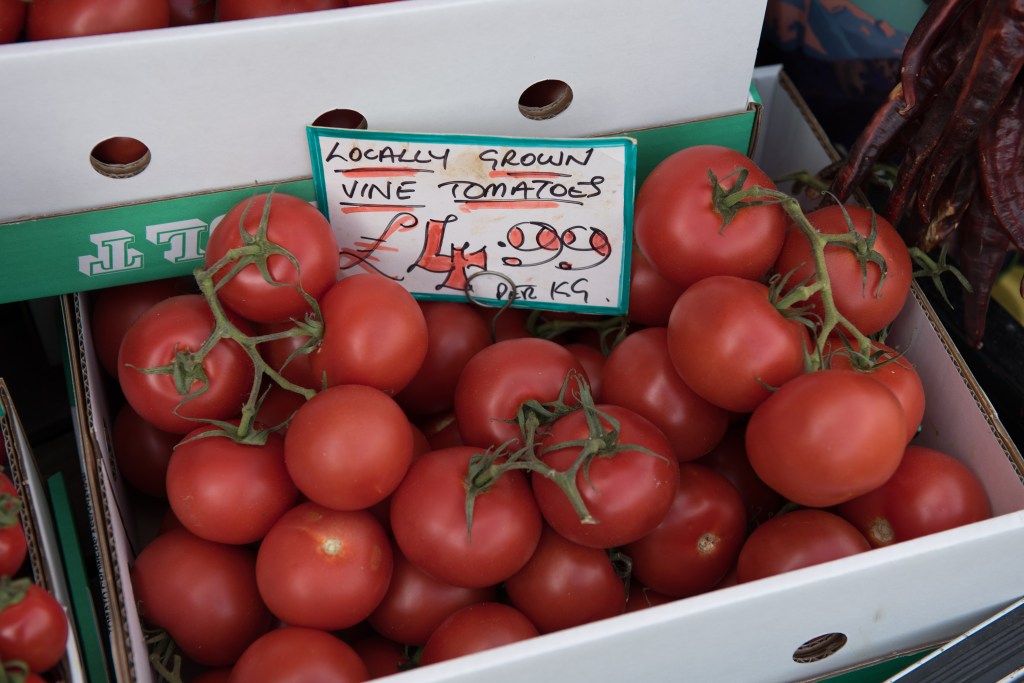 JOHN KEEBLE/GETTY IMAGES
to get something from a certain place
(noun)
The tomatoes were sourced from local farms.
.
JOHN KEEBLE/GETTY IMAGES
to get something from a certain place
(noun)
The tomatoes were sourced from local farms.
.
Sitka is on an island in the Pacific Ocean. Nearly 20% of its 9,000 residents are involved in fishing. Tad Fujioka is a fisherman in the community. He donates 50 to 100 pounds of fish each year to Sitka’s schools. His daughters are Alexandra, 10, and Mari Frances, 6. They go to school in Sitka, where they eat fresh, wild-caught fish for lunch.
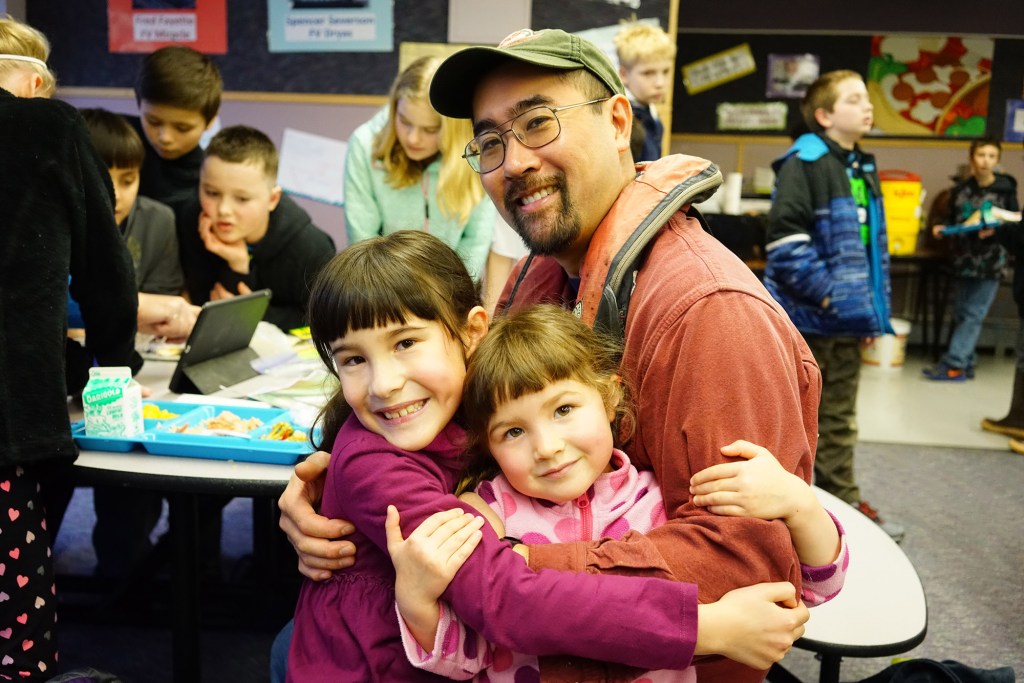
FISHING FAMILY Tad Fujioka of Sitka, Alaska, attends an annual Fish to Schools fisher appreciation event with his daughters, Alexandra (left) and Mari Frances.
COURTESY BETHANY GOODRICHAlexandra and her peers also learn about fish in class. That’s a key part of the Fish to Schools program. They study the salmon life cycle. They trek to salmon streams. They also connect with local fishers. Community members teach kids about the business of fishing. “Students get a hands-on education with the people and the environment that surround them,” Andrew Thoms told TFK. He is executive director of the Sitka Conservation Society. It started the Fish to Schools program in 2010.
Thoms has seen the program’s effect on Sitka’s youth. “Kids are a lot more excited about the fishing sector
sector
 PATTANAPHONG KHUANKAEW/EYEEM—GETTY IMAGES
one group that forms part of a society
(noun)
When the mayor lost reelection, he began interviewing for jobs in the private sector.
in our community,” he says. “Many more kids want to work in our fisheries.”
PATTANAPHONG KHUANKAEW/EYEEM—GETTY IMAGES
one group that forms part of a society
(noun)
When the mayor lost reelection, he began interviewing for jobs in the private sector.
in our community,” he says. “Many more kids want to work in our fisheries.”
Getting Hooked
Sitka isn’t the only school district bringing fresh fish to students. The city of Dillingham, Alaska, has a program called Salmon to Schools. And other states, such as Oregon and Massachusetts, have similar efforts.
Sitka’s Fish to Schools program is part of a trend. According to the National Farm to School Network, 42% of U.S. schools participate in activities that bring fresh, local foods into schools and teach healthy eating habits. “School lunch doesn’t have to be the same menu everywhere in the country,” Fujioka says. “If you want kids to eat it, you should serve the kinds of foods they’re used to eating.”





